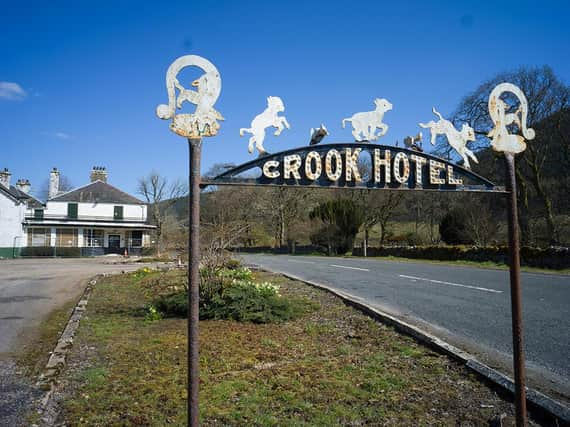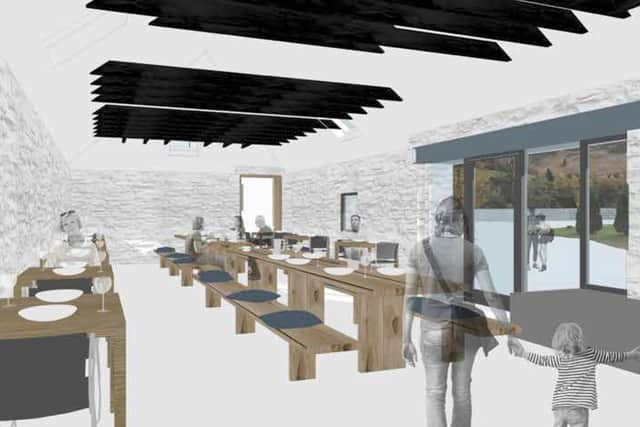Work begins to transform historic 17th Century inn saved by Borders community


The Crook Inn near Tweedsmuir, which is said to be Scotland’s oldest coaching inn and once frequented by Robbie Burns and Sir Walter Scott, was set to be turned into flats in 2006 until locals stepped in to save the pub, which was first licensed in 1604.
A herculean effort by residents, who have spent many late nights filling out funding applications, followed with the final piece of finance now in place. Ground is set to be broken at the site next week to create The Wee Crook, a licensed bistro, which will sit in an old steading building.
Advertisement
Hide AdAdvertisement
Hide AdThe bistro, which is due to open next Spring, will be followed by a new bunkhouse with both elements of the redevelopment raising finance to re-open the original pub.


“When The Crook closed its doors in 2006, leaving a scattered rural community without its heart, few people would have predicted the rollercoaster ride that followed,” a spokeswoman for Tweedsmuir Community Company said.
Chairman James Welch added: "We are really delighted to have made it across the line and are now able to move our focus to the delivery of a new facility for the Upper Tweed community and to welcome visitors to the area.”
The final piece of funding was secured last week from Ventient Energy Glenkerie Community Fund, via Foundation Scotland, who put forward the last £62,500 required to unlock all the other pieces of financial support. A contract has now been signed by Biggar-based Lawrie Construction to create The Wee Crook.
Mr Welch said the support of Scottish Borders Council over the past six months to secure funds from the South of Scotland Economic Partnership had been “incredible”.
Mr Welch said: “The support from local wind farm funds has been instrumental, too, and we are truly grateful to all of our funders for making this happen.”
The campaign to save The Crook began in 2006 after businessman Jim Doonan bought the pub and then applied for planning permission to turn it into flats.
It took until 2012 for the community and Mr Doonan to agree to a deal with the ‘Save the Crook’ campaign then raising £160,000 in the village.
Advertisement
Hide AdAdvertisement
Hide AdAn initial budget of £1 million to reopen the pub that had sat empty for seven years ballooned to £2.1 million with the enormous challenge taken on by a “few determined souls” led by Dr Duncan Davidson and the Board of the Tweedsmuir Community Company.
Plans to re-open the building as a community hub were thwarted when applications to Scottish Government and Big Lottery failed in 2016. However, support from Scottish Land Fund and wind farm community funding raised enough money to buy the surrounding land and remaining buildings on the site.
Plans were re-modelled to allow for a phased redevelopment, with each part of the business to raise revenue and fund the next.
The inn is said to have inspired Burns in 1792 to write Willie Wastle’s Wife after his amorous advances to the wife of the local weaver were rebuffed.
The community is now writing their own inspiration as how to save the heart of a place called home.
